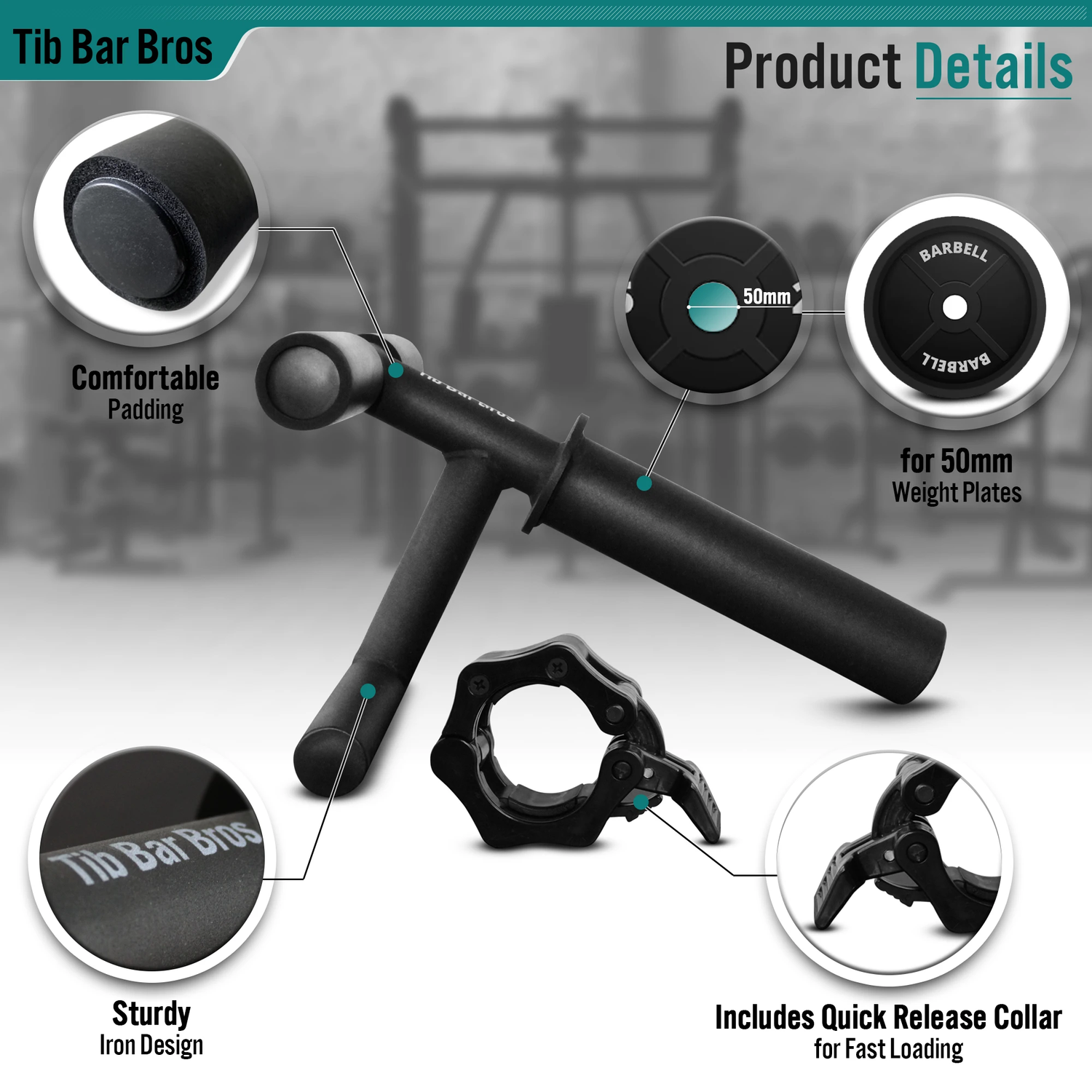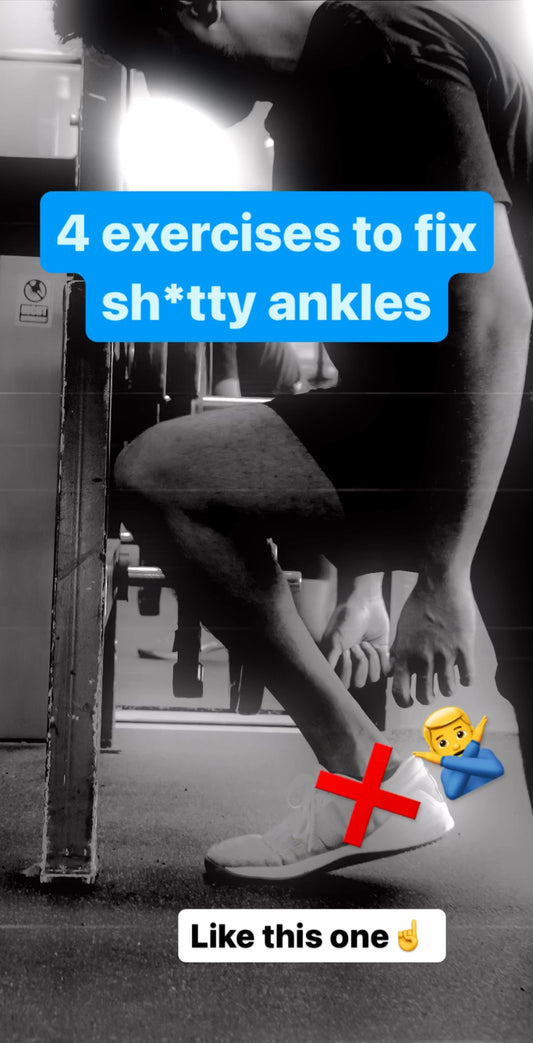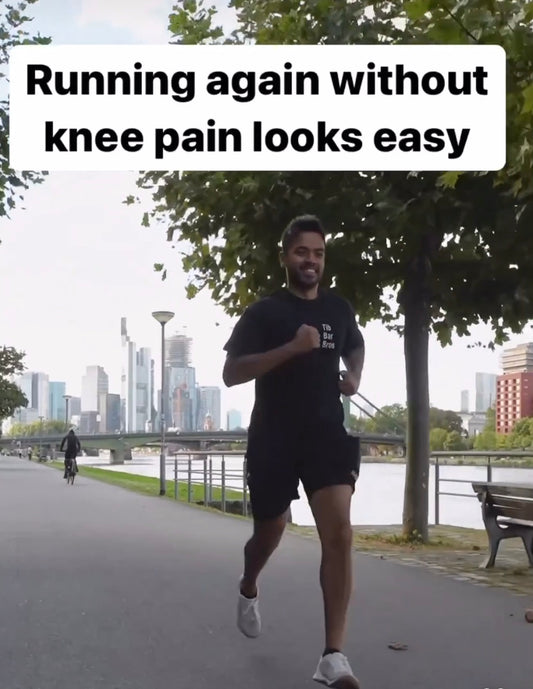Why the "F*ck Those Tiny Muscles!" Mentality Could Be Your Downfall
Look, let's be real. When you're a runner or athlete, the last thing you want to hear about is those "tiny muscles" you didn't even know you had.
But here's the kicker—ignoring these smaller muscles, like the ankle or Tibialis muscles could be setting you up for a world of pain, especially if you have imbalances or a history of injuries.
Is Single-Leg Training Your Golden Ticket?
Maybe.
It all depends on your personal situation. Not everyone needs to focus on single-leg training, but if you've ever dealt with muscle imbalances or a past injury, single-leg exercises might be exactly what you need to prevent a vicious cycle of overcompensation and pain.
How One Injury Led Me Down a Rabbit Hole
I get it - I've been there.
An injury in high school caused me limited mobility in my right ankle and Tibialis.
What happened next? Overcompensation.
That extra stress and effort while running and lifting were sapping my energy and causing even more imbalances—leading to knee pain when left unchecked.
Breaking the Cycle of Pain with the Right Warm-Up
Warm-ups are more than just a quick jog or some half-hearted stretches.
Your warm-up routine needs to address those smaller, often neglected muscles.
Personally, my go-to is a 1-2 minute series of 4 exercises using my Solo Tib Bar:
- Ankle Circles
- Solo Tib Bar Raises
- Ankle Inversion + Eversion
- Bodyweight Calf Raises
This routine takes a mere 1-2 minutes but has saved me weeks of knee pain.
So, if you think you can't spare a couple of minutes for warm-up, think about the time you'll waste recovering from a preventable injury.
Do You Really Need a Solo Tib Bar?
Now, you might be wondering if the Solo Tib Bar is a must-have.
While these exercises can be performed without it, using the Solo Tib Bar does make the process more efficient and effective - save yourself time & get results, faster!
This specialized training equipment specifically targets those neglected ankle & Tibialis muscles, making it easier to balance out imbalances and avoid pain.
The Symmetry Secret: How to Identify and Fix Muscle Imbalances
Most of us have a dominant side, but imbalances become a problem when they lead to overcompensation and, eventually, pain or injury.
How can you tell if you're out of balance? Simple tests like single-leg squats or noting any discrepancies in strength or flexibility between sides can be revealing.
Adding Single-Leg Training to Your Routine
If you've read this far, it's likely because you're committed to optimizing your performance and reducing your risk of injury.
So, what's next?
Adding a few, simple yet targeted single-leg exercises to your training regimen.
This can be as basic as incorporating the exercises mentioned earlier, or you can work with a physio to customize a program for you.
Physiotherapy: A Runner's Best Friend
Let's get this out of the way—there's no shame in seeking professional help.
In fact, physiotherapy can be your secret weapon against chronic pain and recurrent injuries.
So don't underestimate the power of quality physio care.
Final Thoughts: Ditch the Pain, Keep the Gain
Dealing with muscle imbalances or past injuries doesn't mean you're doomed to a life of pain or mediocre performance.
By adding single-leg training and potentially using tools like the Solo Tib Bar, you can improve your athleticism and minimize your risk of injury.
So why wait?
Level up your training and keep those gains coming!


